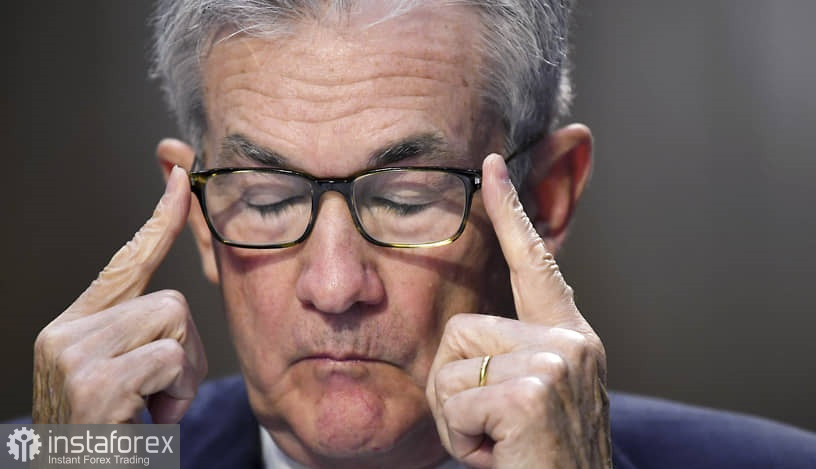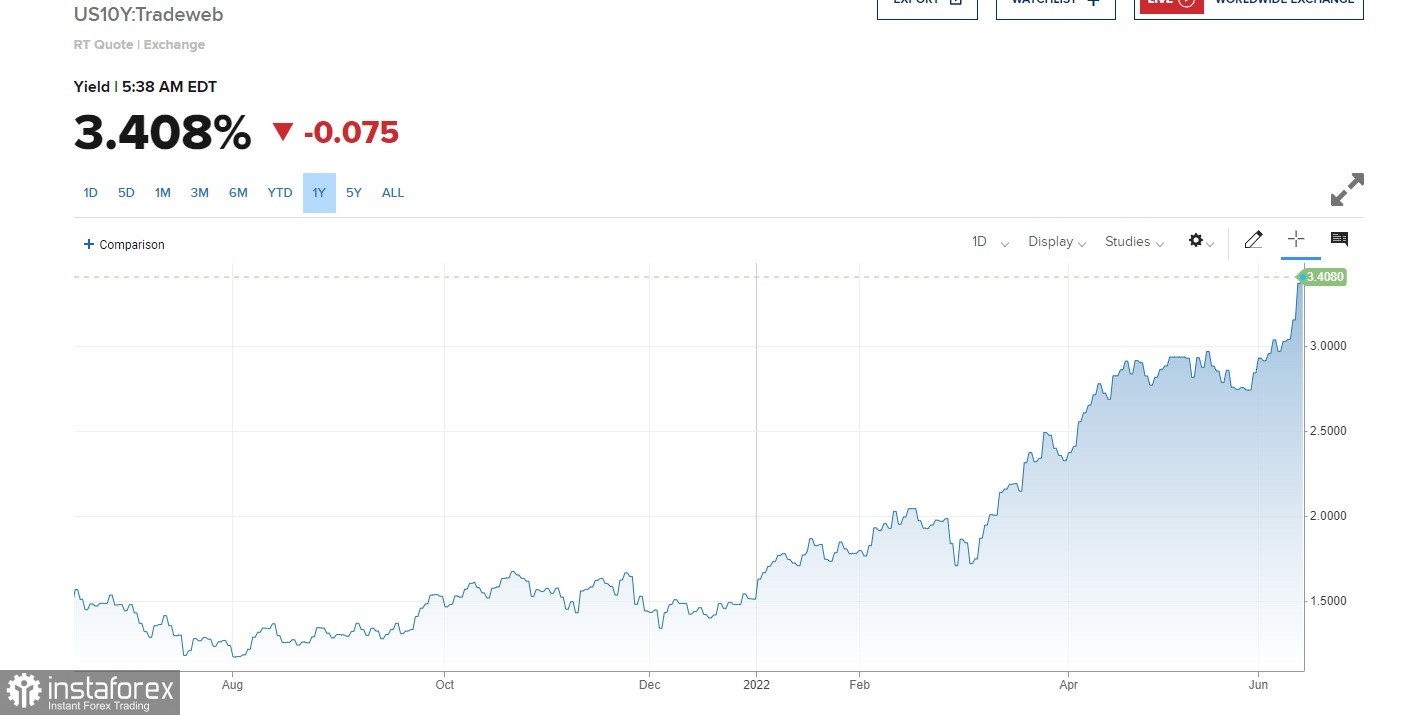Federal Reserve Chairman Jerome Powell has already faced more gloomy calculations, especially after the latest inflation data that came out last week. Most likely, he will have to push the economy into recession to regain control over prices - the Fed no longer has any other ways.
I have already noted that the wait-and-see attitude that Powell demonstrated for most of last year has now turned sideways for him. The only option left is to follow the path of former Fed Chairman Paul Volcker, who is well known for his tough attitude to interest rates. It is on whether Powell will assume the role of "butcher" in the current situation that the future direction of the US dollar will depend. As a result of today's meeting, everything will be put in place.

Until today, the Fed chairman has shied away from endorsing tight monetary policy and a punitive deep recession - which Volcker needed to bring inflation under control four decades ago. Although Powell recently acknowledged that controlling price pressures may require some effort and possibly even rising unemployment, he still avoided making direct statements about the coming recession of the economy.
Powell's tough policy will be politically fraught for President Joe Biden's Democratic Party ahead of the midterm elections in November. An increasing number of economists, including former Fed Vice Chairman Blinder, say that it may take an economic downturn and a higher unemployment rate to eventually reduce inflation to a more tolerable level, and even more so to return to the Fed's target level of 2%.
At the moment, US bond yields have jumped quite a lot, and stock prices have fallen to the next annual lows - all the evidence of an impending recession in the economy is evident. The yield on 10-year US Treasury bonds reached 3.40%, exceeding the maximum of 2018. Interest rate futures are already signaling a tightening of rates by 175 basis points before September of this year - this means at least one increase by 75 basis points at once, which we can see today. The ultimate interest rate target in the coming months will depend in part on how quickly and how much policymakers want to reduce inflation and how much pain they are willing to inflict on the economy to achieve this.
Recent data on the personal consumption expenditure price index (the Fed's favorite measure of inflation) showed an increase of 6.3% in April compared to last year, which is more than three times higher than the central bank's target of 2%. Excluding volatile food and energy prices, base prices rose by 4.9%.

The longer inflation remains high, the more likely it is to gain a foothold in the economy. However, overly aggressive actions to combat constant price pressure also carry a danger. This can push the economy into a very serious recession, which will cause a rapid increase in unemployment.
From all this, we can conclude that at today's meeting, the Fed chairman will not show aggression and will only warn about such a possibility. As time has shown, it was necessary to do this much earlier. Now aggression can make a pretty hard landing for the economy, which is already in recession alone. There is no reason to expect a sharp fall in the euro and the pound today - all decisions have already been taken into account in the quotes and only the boldest policy changes will lead to a new bearish rally of risky assets.
As for the prospects for the euro, it is obvious that the bearish trend is gaining strength, and the nearest support is now visible around 1.0400. The only goal of sellers now is precisely this level. The bulls need to show something there, otherwise, the pressure on the trading instrument will only increase. Having missed 1.0400, you can say goodbye to hopes for the recovery of the pair, which will open a direct road to 1.0350. A breakthrough in this support level will certainly increase the pressure on the trading instrument, opening an opportunity for the test of 1.0310 and 1.0260. It is possible to talk about purchases and bulls' attempts to correct the situation, but only after an obvious return to 1.0480. Only after that, prospects for recovery in the area of 1.0540 and 1.0585 will open.
The buyers of the pound have no fewer problems than the Bank of England. In the short term, bulls have nothing to offer the market, so we can only hope for the protection of annual lows. If the bears break below 1.1990, then the pound will go straight to 1.1940. Going beyond this range will lead to another downward movement already to the lows: 1.1870 and 1.1810. It is possible to talk about a correction only after a breakthrough of 1.2070, which will lead to an instant breakthrough at 1.2140, where buyers will face much greater difficulties. In the case of a larger upward jerk of the pound, we can talk about updating 1.2204 and 1.2260.





















